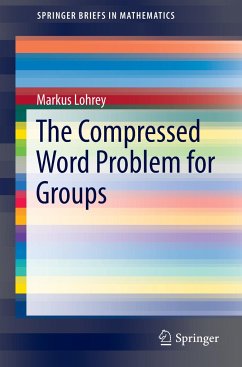
One (word)
Versandkostenfrei!
Versandfertig in 6-10 Tagen
23,99 €
inkl. MwSt.

PAYBACK Punkte
12 °P sammeln!
High Quality Content by WIKIPEDIA articles! The Old English án is in Old Frisian ân, ên, Old Saxon ên (Middle Dutch, Dutch een), Old High German (Middle High German, German) ein, Old Norse einn: ein-r (Danish een, Sw. en), Gothic ain-s: Old Teutonic ain-oz: pre-Teutonic oinos = Latin nus (Old Latin oinos); Old Irish óen, Old Slavic inu, Lithuanian venas one; cf. Greek o o , o , ace. Old English án became in regular course in south and midland dialect on, exemplified before 1200. By the 15th century, on, oon, in southwest and west, had developed (through on, uon, uön, won, wun) an initia...
High Quality Content by WIKIPEDIA articles! The Old English án is in Old Frisian ân, ên, Old Saxon ên (Middle Dutch, Dutch een), Old High German (Middle High German, German) ein, Old Norse einn: ein-r (Danish een, Sw. en), Gothic ain-s: Old Teutonic ain-oz: pre-Teutonic oinos = Latin nus (Old Latin oinos); Old Irish óen, Old Slavic inu, Lithuanian venas one; cf. Greek o o , o , ace. Old English án became in regular course in south and midland dialect on, exemplified before 1200. By the 15th century, on, oon, in southwest and west, had developed (through on, uon, uön, won, wun) an initial w (cf. the southwest wuk, wuts = oak, oats), which only occasionally appears in the spelling, but is now the standard pronunciation. The first orthoepist to refer to it was apparently Jones 1701: earlier grammarians, down to Christopher Cooper, 1685, give to one the sound that it has in alone, atone, and only;












